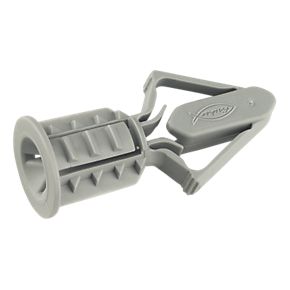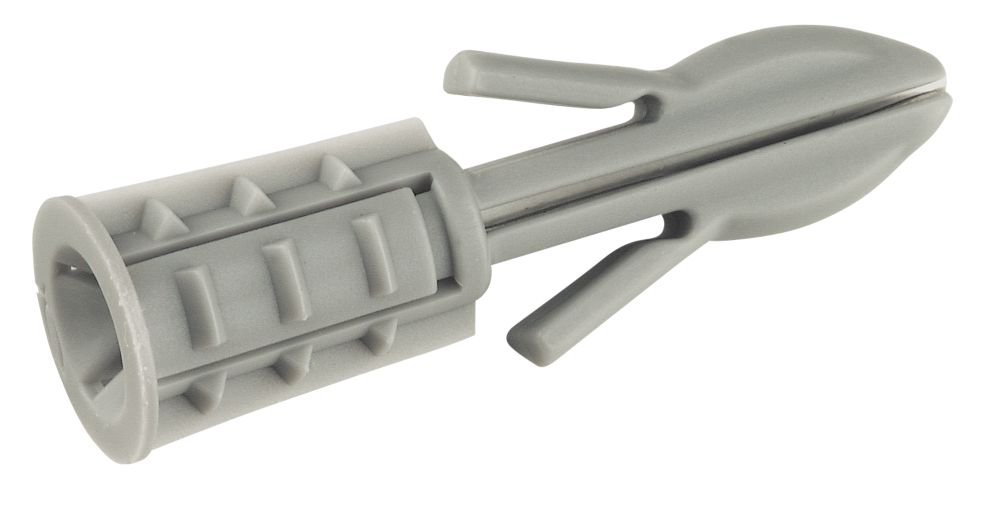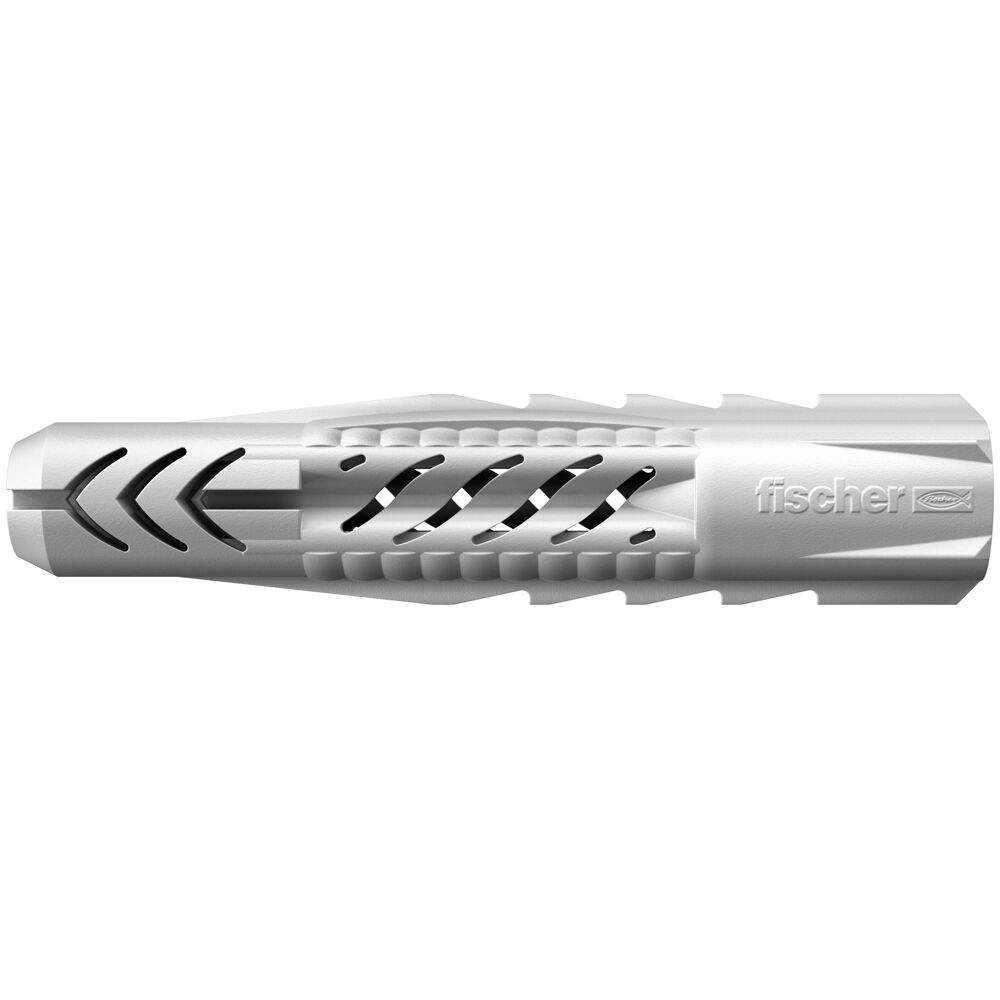Which is the best nylon wall plugs for tiled plasterboard? I need maximum pull-out strength, and I need it cheap and buyable locally. The plugs are for holding up heavy glass shower screen. The wall thickness is 12.5mm board + 7mm tile + the grout space. Thanks.
Last edited:





